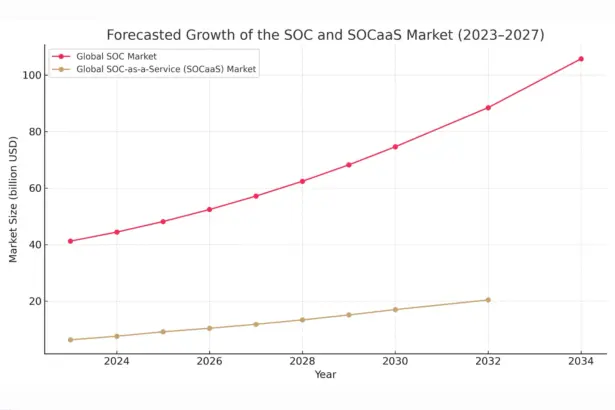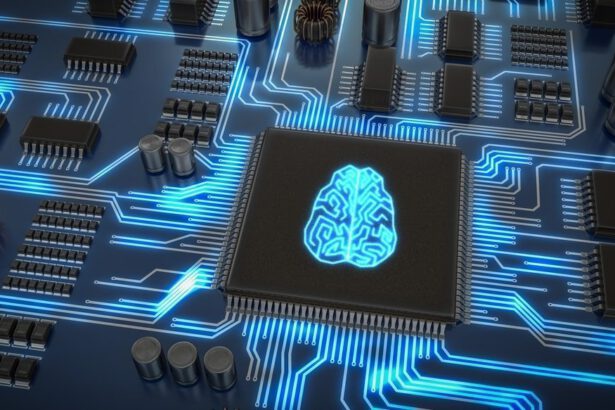The server market is experiencing an unprecedented renaissance. Driven by the demand for artificial intelligence and rising demand for computing capacity, the segment grew by as much as 134% year-on-year in the first quarter of 2025 to reach $95.2 billion, according to IDC‘s latest report. This is the highest quarterly growth in 25 years.
Behind this acceleration is an explosion in demand for servers with the graphics processing units (GPUs) needed to train and run advanced AI models. IDC forecasts that the server market will reach $360 billion in 2025, which would represent a 45% increase from last year.
AI forces infrastructure transformation
The surge in investment is a direct consequence of the growing adoption of AI, including generative tools, agent-based automation systems and applications using so-called reasoning models – capable of more complex inference. IDC predicts that high-capacity GPU servers will account for almost half of the total market this year.
In practice, this means that infrastructure providers – both hyperscalers and corporations in regulated industries – are investing massively in data centre expansions and hardware upgrades. The transition from classic chatbots to decision-making systems, capable of analysing data autonomously and acting in real time, entails a gigantic demand for infrastructure.
Record investment by hyperscalers
The first quarter of 2025 was a time of huge capital expenditure from the major cloud companies. Amazon Web Services spent $24 billion on CapEx, Microsoft spent $21 billion and Google Cloud spent $17 billion. The majority of these funds were used to expand data centres and purchase hardware to process AI workloads.
Oracle’s increase in spending was also surprising, with the company more than doubling its quarterly CapEx to $21.2 billion, which translated directly into increased purchases of server components. Such an intense pace of investment demonstrates the growing pressure to keep up with market expectations for AI performance.
New wave of purchases on the enterprise side
It is not just hyperscalers that are fuelling this boom. Traditional enterprise customers are also investing in AI servers to deploy generative and agent-based solutions in their operational processes. Dell Technologies reported AI server orders worth more than $12 billion – more than the entire previous year combined. The company achieved $6.3 billion in revenue from its server and networking segment in the most recent quarter, a 16 per cent year-on-year increase.
Similar trends can be seen at Hewlett Packard Enterprise, whose server segment revenue grew 6% to $4.1 billion. Sales are mainly driven by customers in industries such as finance, media, manufacturing and education – sectors actively implementing AI.
From cloud to edge – a shift in data centre architecture
With the growing demand for AI, data centre architectures are also undergoing a transformation. Agent and generative models not only require high computing power, but also low latency and fast access to data. This is leading to the rise of edge computing and the construction of smaller, local data centres closer to end users.
Companies that have so far relied mainly on cloud services are increasingly investing in their own infrastructure – both as a way to reduce AI processing costs and for security or compliance reasons.
Difficult logistics, limited supply
Although the market is growing at an unprecedented rate, the availability of suitable components – especially GPUs – remains a barrier. Leading manufacturers, such as NVIDIA, are falling behind on orders and the latest H200 or Blackwell models are arriving at selected customers with long delays. This, in turn, puts pressure on other hardware vendors who are looking for alternative sources and developing their own AI processors, such as AMD with MI300X and Intel with Gaudi 3.
Forecasts: market tripling by 2027
IDC predicts that the server market will triple in the next three years. Such growth could transform the entire infrastructure IT industry, rewarding AI-adapted manufacturers and marginalising players that fail to adapt to new customer needs.
The coming months will be crucial to maintaining the technological edge – for both cloud providers and hardware manufacturers. Success will be determined not only by performance, but also by the ability to scale quickly and deliver infrastructure that is compliant with the requirements of the next generation of AI.










